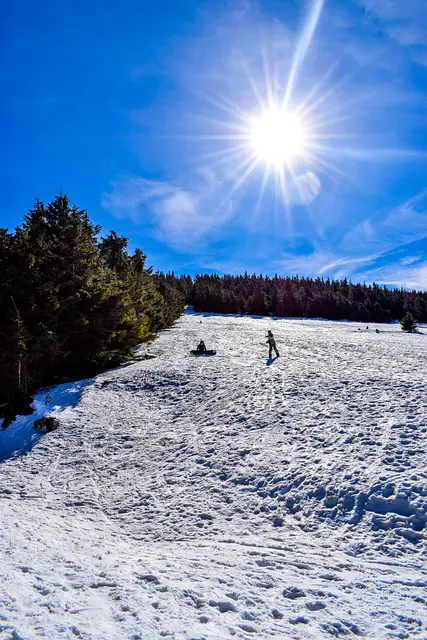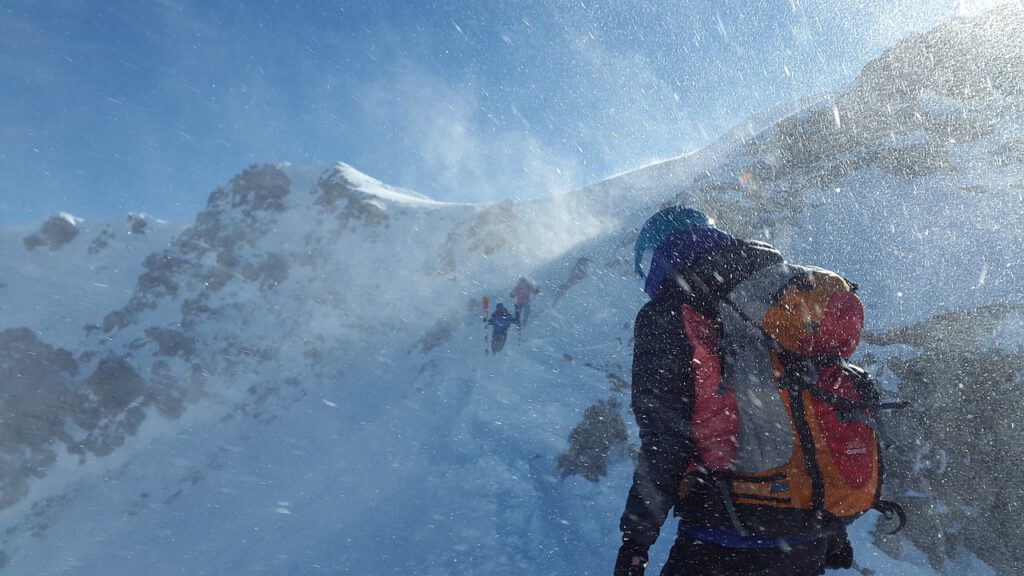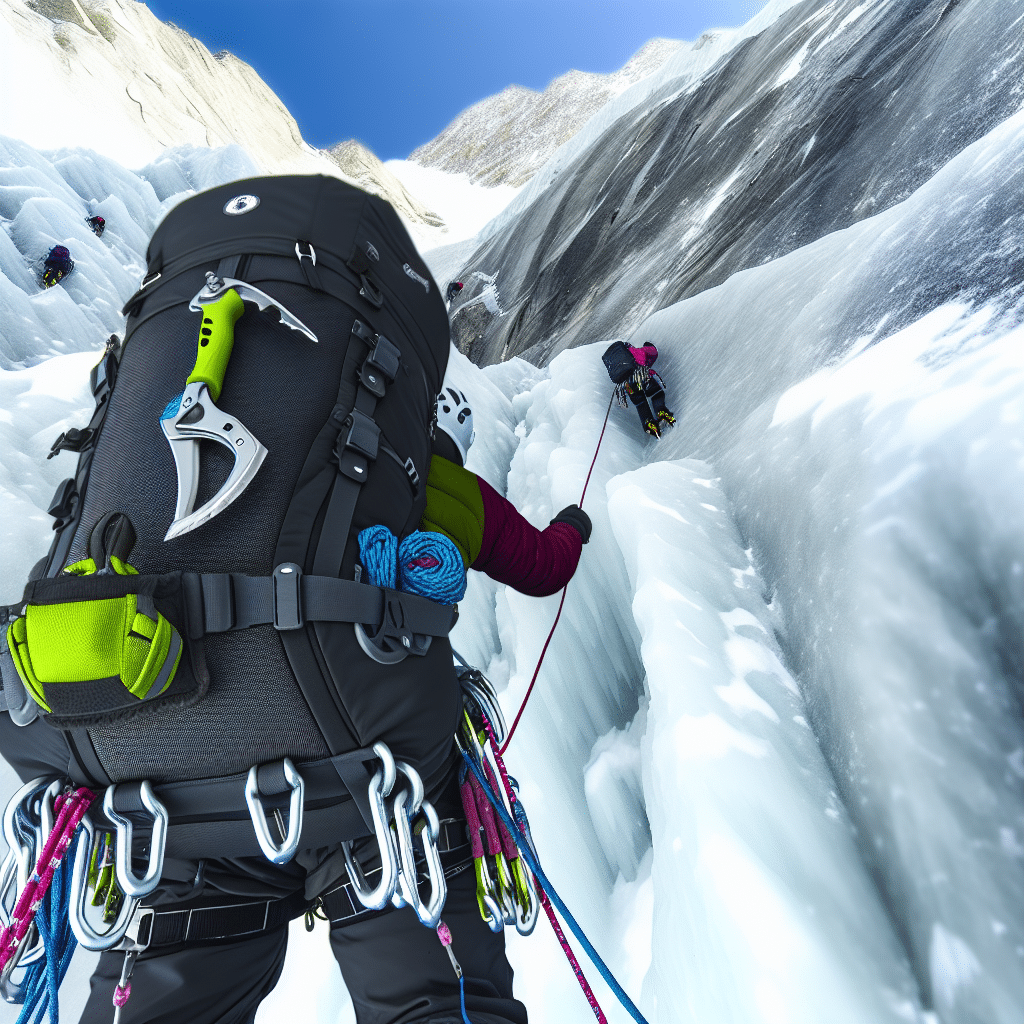Snowshoeing is becoming a popular recreational activity during the winter season. However, it’s essential you dress appropriately to have an enjoyable and safe experience. One of the most critical equipment to consider is your footwear, which ensures you stay warm, dry, and maintain stability on snow-covered terrains. Here, we focus on how to select the best boots for snowshoeing.

Why is Choosing the Right Boot for Snowshoeing Important?
The boots you wear can make or break your snowshoeing adventure. Footwear that’s not suitable for snow conditions could leave you with cold, wet feet, and significantly hinder your performance. Here’s why choosing the right boot for snowshoeing is critical.
Comfort and Warmth
Snowshoeing involves walking for extended periods in cold and often wet conditions. Thus, your feet need to be comfortable and warm. Choosing footwear with good insulation guarantees your feet maintain the right temperature, thus preventing frostbite.
Protection and Waterproofing
The right snowshoeing boots protect your feet from potential injuries from terrain irregularities. Waterproof boots will keep your feet dry even if you step in puddles or slush.
Stability and Traction
Snowshoeing boots should provide stability and good traction to prevent slipping or falling on icy or snowy surfaces.
What Type of Boots Should You Wear When Snowshoeing?
When choosing boots for snowshoeing, keep these features in mind: insulation, water resistance, and good traction. While there are many suitable options, three main types typically stand out: Insulated Winter Boots, Hiking Boots, and Mountaineering Boots.
Insulated Winter Boots
These are designed specifically for snowy and cold conditions. They feature robust waterproofing and insulation to keep your feet warm and dry.
Hiking Boots
Hiking boots can be used for snowshoeing if they are sufficiently insulated and waterproof. They offer excellent support and can be a versatile option if you are hiking in variable conditions.
Mountaineering Boots
For high-altitude snowshoeing or in extreme cold, mountaineering boots are the preferable option. These boots are heavily insulated and offer superior traction for icy conditions.
How Should Your Snowshoeing Boots Fit?
Fit is another essential factor when choosing your snowshoeing boots. Regardless of how well made a boot is, if it doesn’t fit right, it won’t be comfortable or perform well. When trying on boots, wear the same socks you would wear when snowshoeing. The boot should fit snugly but not too tightly, with enough room to wiggle your toes. Remember to walk around and ensure there are no pressure points that could create discomfort or blisters.
Conclusion
Before embarking on your snowshoeing adventure, investing in the right footwear is a crucial step. Your boots should offer good insulation, waterproofing, and excellent traction. They should fit well and be comfortable for long periods of walking in snowy conditions. Whether you choose insulated winter boots, hiking boots, or mountaineering boots, your feet will thank you for making the right choice.



